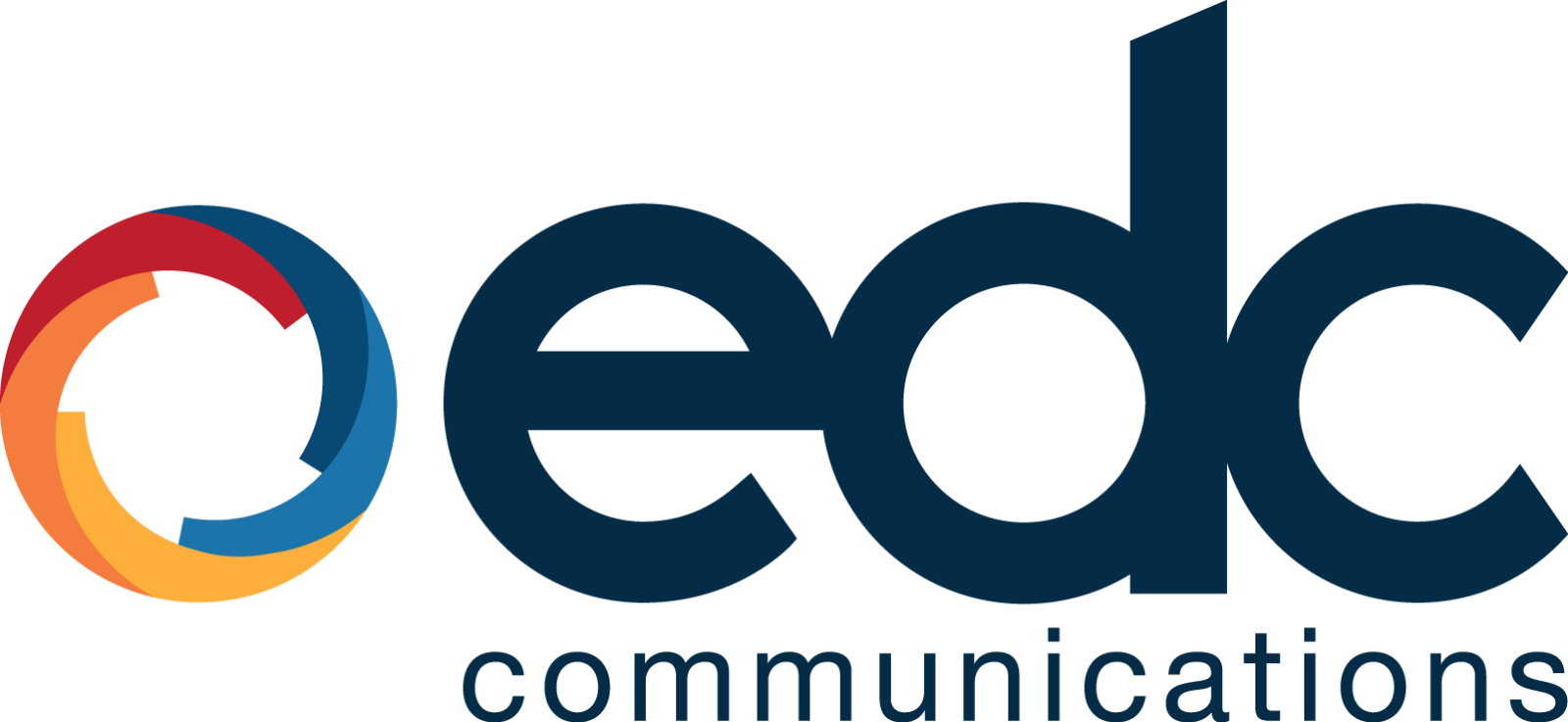In his starring role as the Flight Director for the Apollo 13 manned mission to the moon, actor Ed Harris was confronted with a serious dilemma. The spacecraft, with three astronauts on board, was halfway to the moon when an oxygen tank exploded causing a shortage of breathable air in the cabin. While trying to stabilize the service module, the crew had used more fuel than anticipated and it was uncertain if they would make it back to earth alive. There was little time to waste and the pressure to succeed was very intense. Harris barked orders and tasked his young crew of mission control flight engineers with the repair and safe return of the crippled spacecraft and its three astronauts:
“We’ve never lost an American in space, we’re sure as hell not gonna lose one on my watch! Failure is not an option.”
If you’ve ever given an important presentation where “failure is not an option”, you know firsthand that the pressure to succeed can be very intense and consume a lot of mental energy. So, how do we prepare effectively for what we anticipate will be a challenging presentation? The real Apollo 13 Flight Director, Gene Kranz, prepared for the unthinkable by having a special, key document, that he called The Mission Rules that he used for every mission.
“Mission rules provide preplanned decisions to manage the many risks during a mission.”
Borrowing from his example, here are five sample, pre-planned guidelines to help you establish mission rules for your presentation. Decide to:
- Start Your Preparation Early. Ideally, begin the same day you learn you’ll be presenting. Create your Mission Rules file and jot down what you know, or don’t know, your concerns, issues, etc. Avoid letting the days and weeks slip by without preparing. Procrastination and insufficient time investment are the breeding grounds for panic.
- Know Your Audience. Who? What? Why? How?
- Who is in your audience? Decision makers? C-suite executives? Clients? Stakeholders? Peers? Competitors?
- How might their attendance change what you present?
- What action do you want your audience to take as a result of your presentation?
- Why do you want them to do this differently?
- Know Your Venue. When? Where?
- Where will your presentation take place? Will it be in-person or virtual? Are you presenting in a board room or a main stage event? Inside or outside? Is there adequate lighting? Will you need a microphone to be heard? Avoid surprises and be familiar with your venue.
- When will you be presenting? During dinner? Are there other people presenting before or after you? Are there time constraints?
- Modularize Your Content. Prepare to deliver your content as if you’ll be presenting for 1 hour, then try for 45 minutes, then for 30 minutes, then 15 minutes. Work at creating topical “chunks” or modules that are easily expanded, contracted, or eliminated. This exercise helps you determine what listeners need to know, what is nice to know, and what is not necessary to know. It also helps you to be flexible with last-minute schedule changes.
- Be Ready for Questions. Ask yourself every possible question you think your audience might ask you, especially the questions you don’t want to get asked. Group the questions by topic and prepare your answers for them.
- Practice Early and Often. Don’t wait for your entire presentation to be complete to start practicing. Vocalizing the content of each small section will help you fine-tune your wording and flow.
Pressure (nervous energy) is directly proportional to the amount of time spent in preparation and practice. Thorough preparation and mission rules work to your benefit by making you alert and ready to handle your presentation when “failure is not an option!”
Contact us at www.thinkedc.com for a complete Preparation Checklist and help with your “mission critical” presentation.

